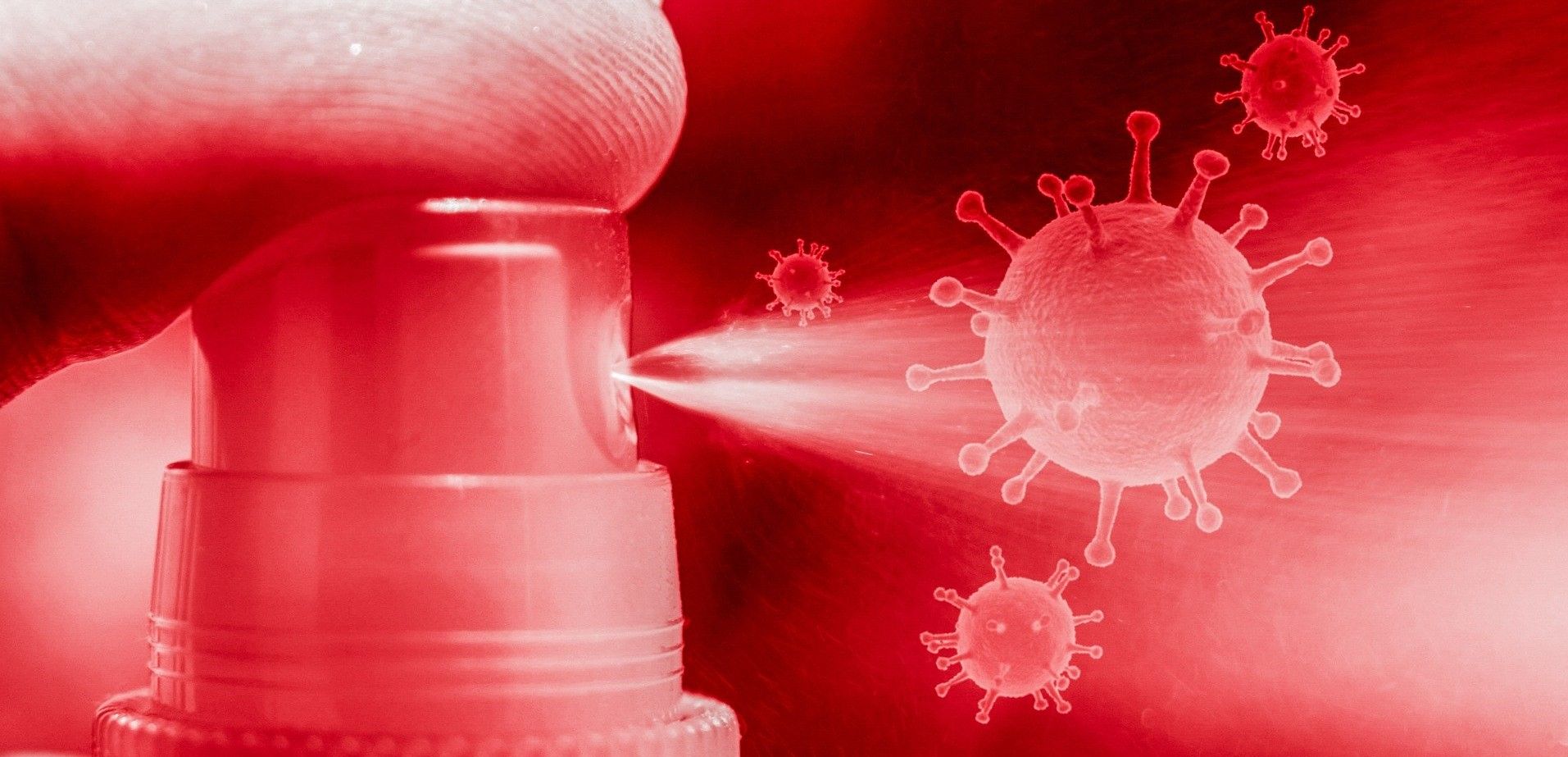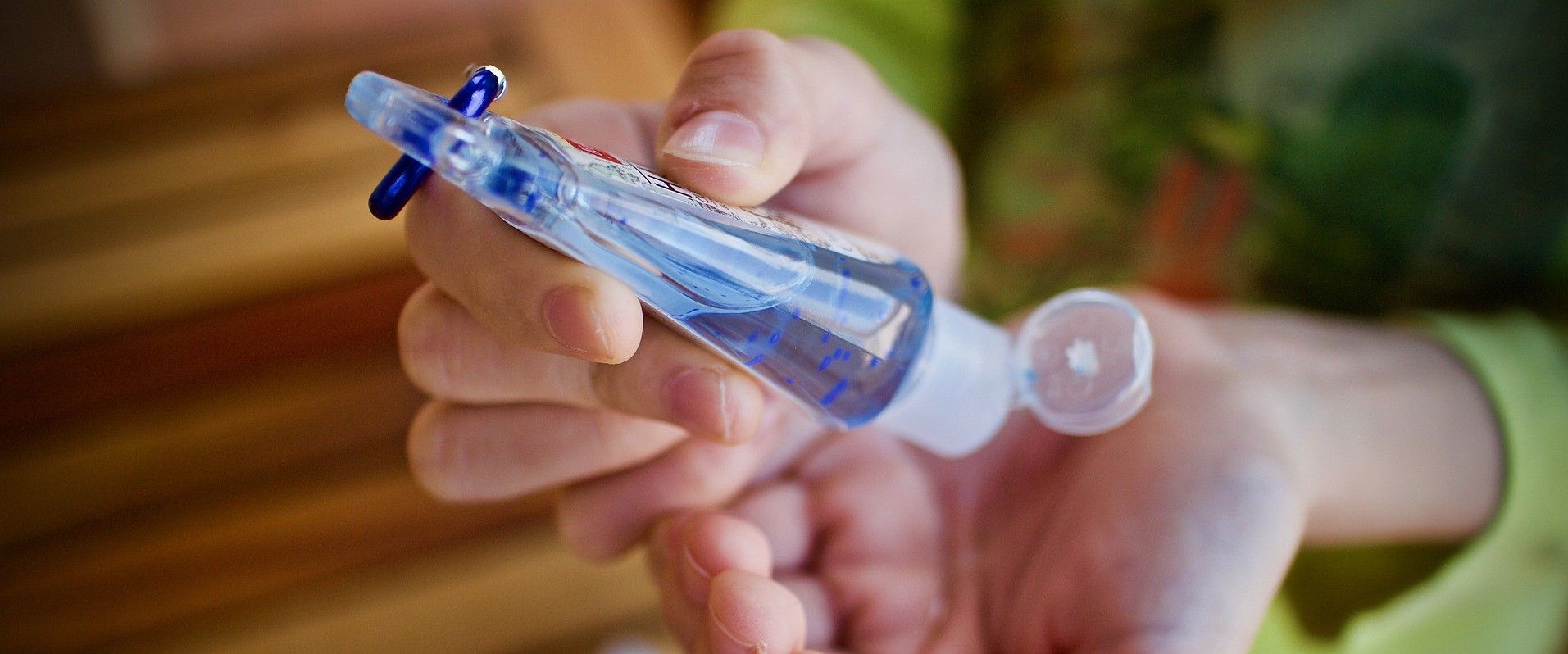Almost everywhere we look, we see hand sanitiser. It is in shops, in offices, in restaurants, and even in public restrooms, bizarrely placed next to the sink with some soap.
Given the ongoing pandemic and risk of a second wave of coronavirus, it is something that we have all become used to.
But how does hand sanitiser work and why is it still important?
Under law in most western countries, hand sanitiser must contain one of three ingredients: ethyl alcohol (also called ethanol), isopropyl alcohol (isopropanol) or benzalkonium chloride. Some sanitising products may contain a blend of these substances.
Notably, benzalkonium chloride has not been proven as an effective substance against coronavirus. For this reason, it is important to check the label of any sanitiser you buy to ensure that it contains alcohol.

Significantly, not all alcohols are the same. As the pop science journal, Live Science, explains, “Chemically speaking, alcohols are organic molecules made of carbon, oxygen and hydrogen. Ethanol is the chemical in alcoholic drinks and is the chemical most people are thinking of when they say alcohol. Propanol and isopropanol (isopropyl alcohol) are two other alcohols that are common in disinfectants because they're highly soluble in water, just like ethanol.”
Alcohol is crucial to keeping your hands virus free because, as a 2014 review published in the journal Clinical Microbiology Reviews explains, alcohol destroys disease-causing pathogens, such as bacteria and viruses, as they break up proteins. In doing so, they spilt apart the cells of a pathogen or mess up its metabolism.
However, even if your hand sanitiser contains alcohol, it is important that its concentration exceeds 70% of the total volume.
Weaker solutions may contain as little as 30% alcohol, which be sufficient to slow down the reproduction rate of pathogens and maybe even destroy some of the bacteria and viruses, but some will survive.
If you are uncertain if your hand sanitising products meet these standards, then look for a trusted supplier of hand sanitising products. AG PROTECT, who sponsor this page, are manufacturers of a wide range of personal sanitising and disinfecting products, all of which meet EU standards.

To find out more about how they can help keep you and your family virus-free, visit AG PROTECT.
To ensure that your hand sanitiser is effective against coronavirus, apply a thumb nail size amount in the palm of one hand and rub the gel all over both hands, remembering to coat the backs of the hands and in between the fingers. Continue to rub until your hands are dry.

Sanitisers and hand gels are not replacements for soap and hot water however they are a useful shield in the fight to stay healthy. Sinks are not always readily available, so it is important to keep a bottle of sanitiser close by.
Knowing how hand sanitiser works may not make a difference, but knowing which sanitiser to use can.
If you want to find out more about how to keep your hands free of pathogens or need a trusted supplier of hand sanitiser and disinfecting sprays, then visit AG PROTECT.
Photo credit: mohamed Hassan from Pixabay, Hatice EROL from Pixabay, AG PROTECT, & Luisella Planeta Leoni from Pixabay